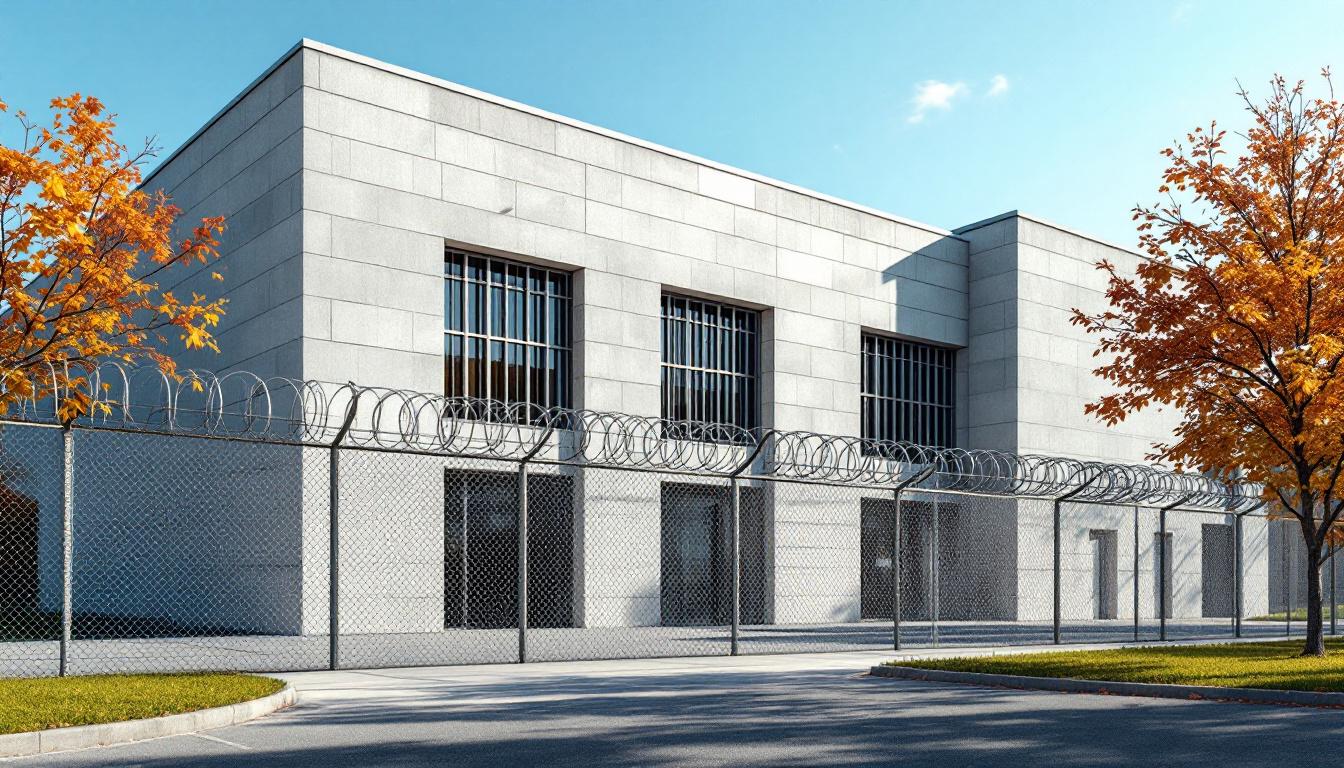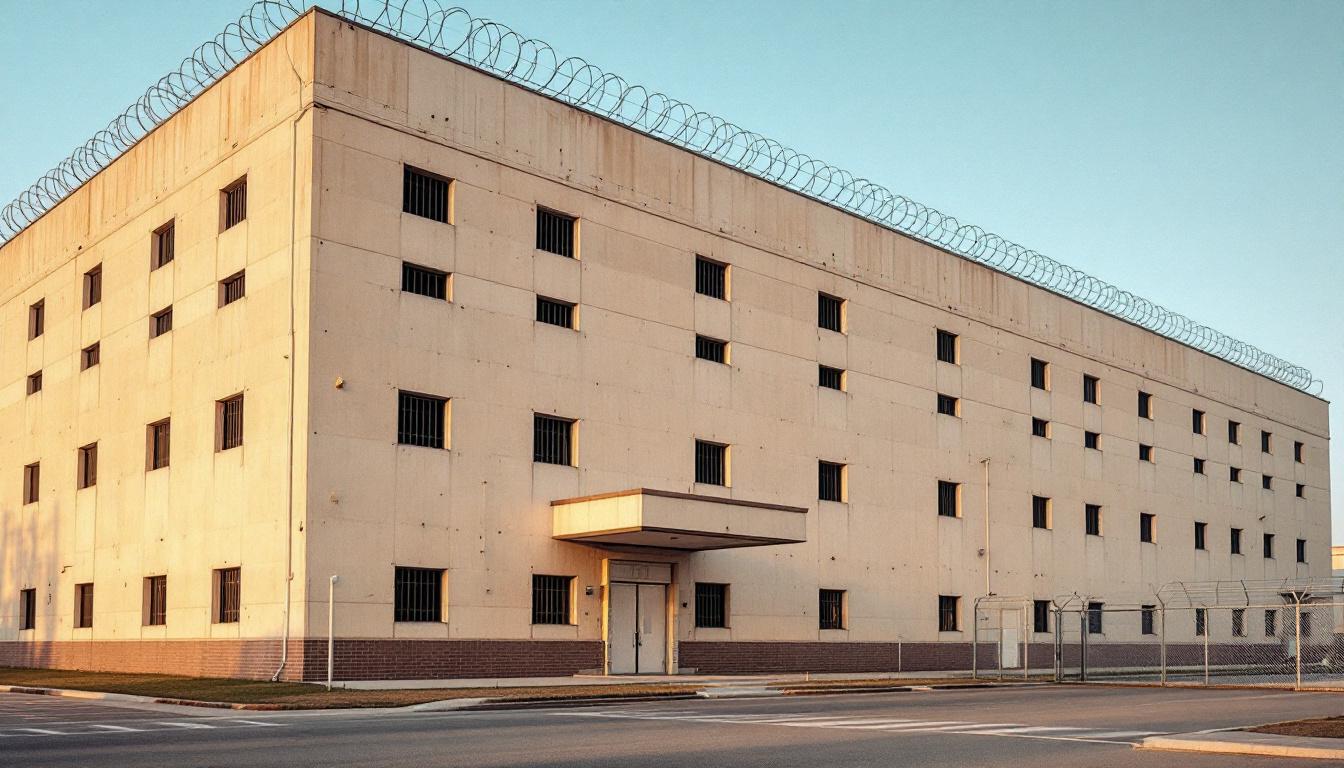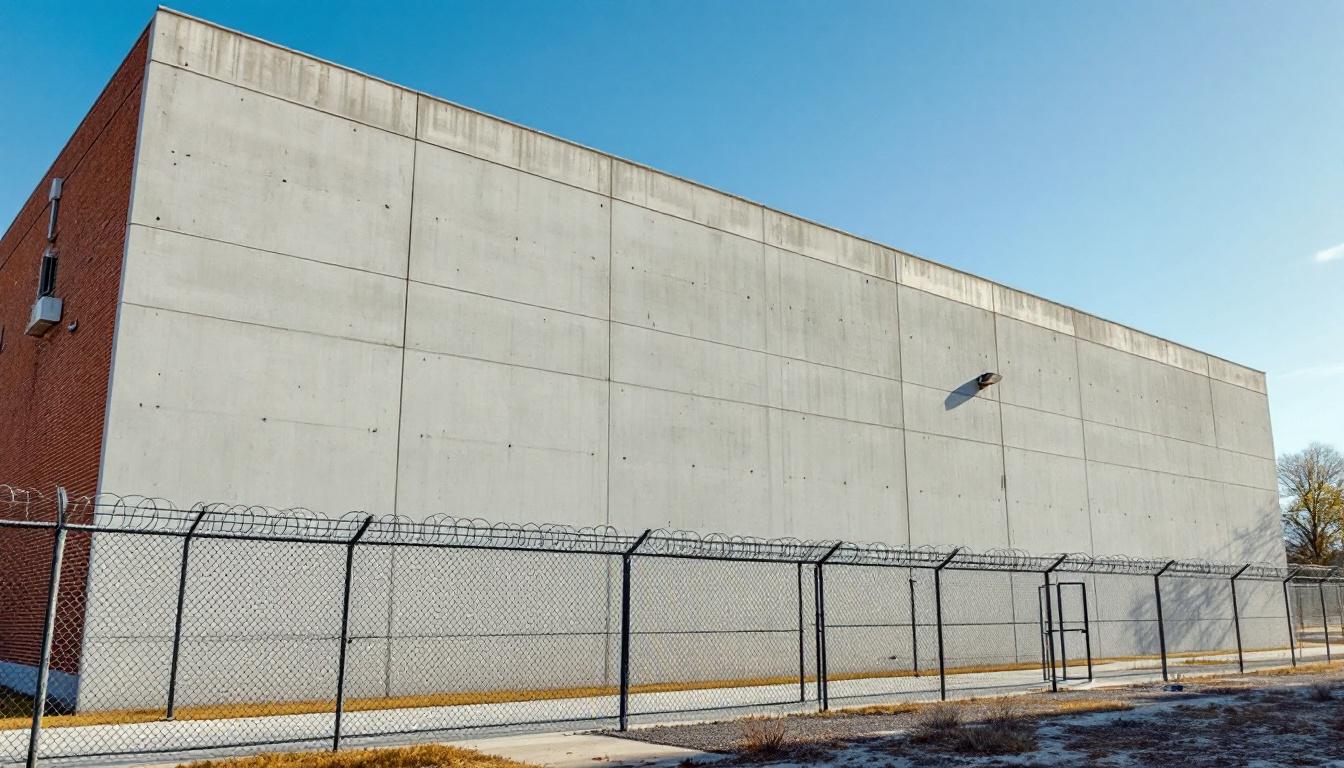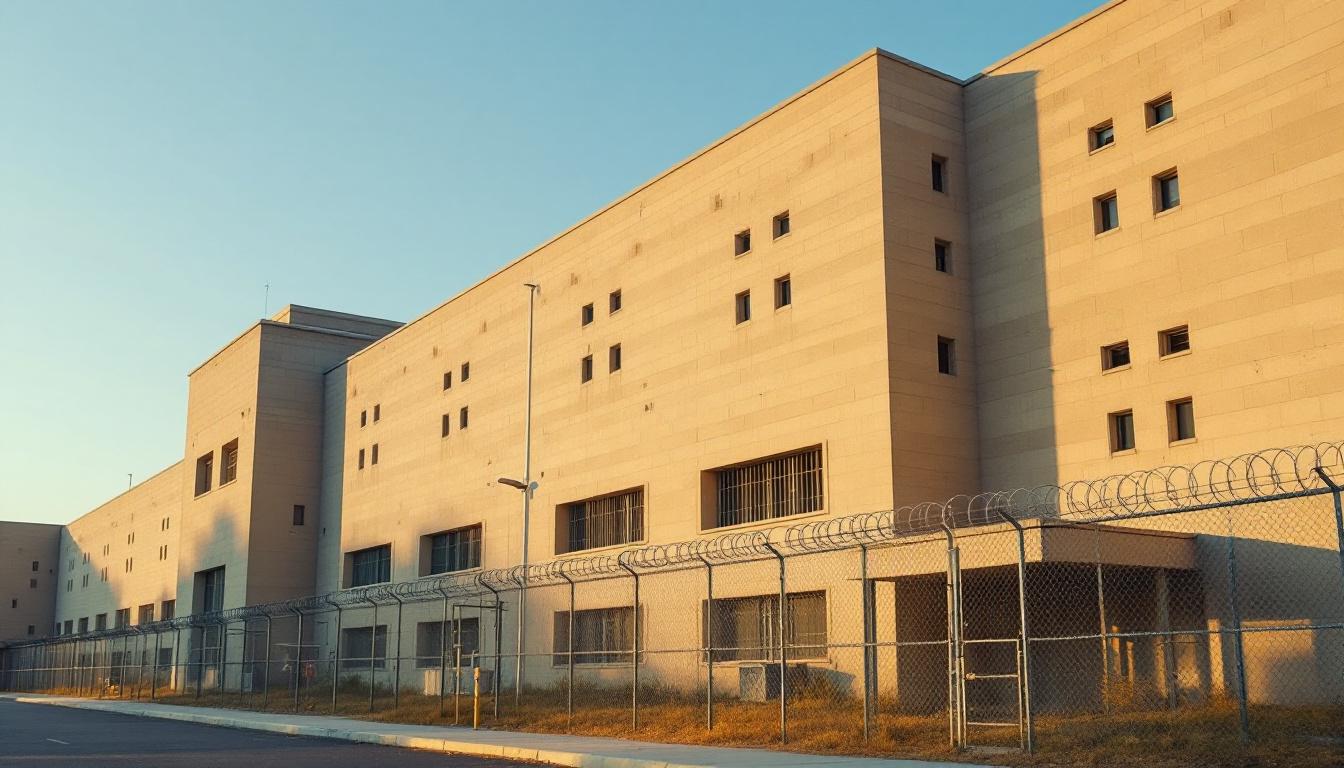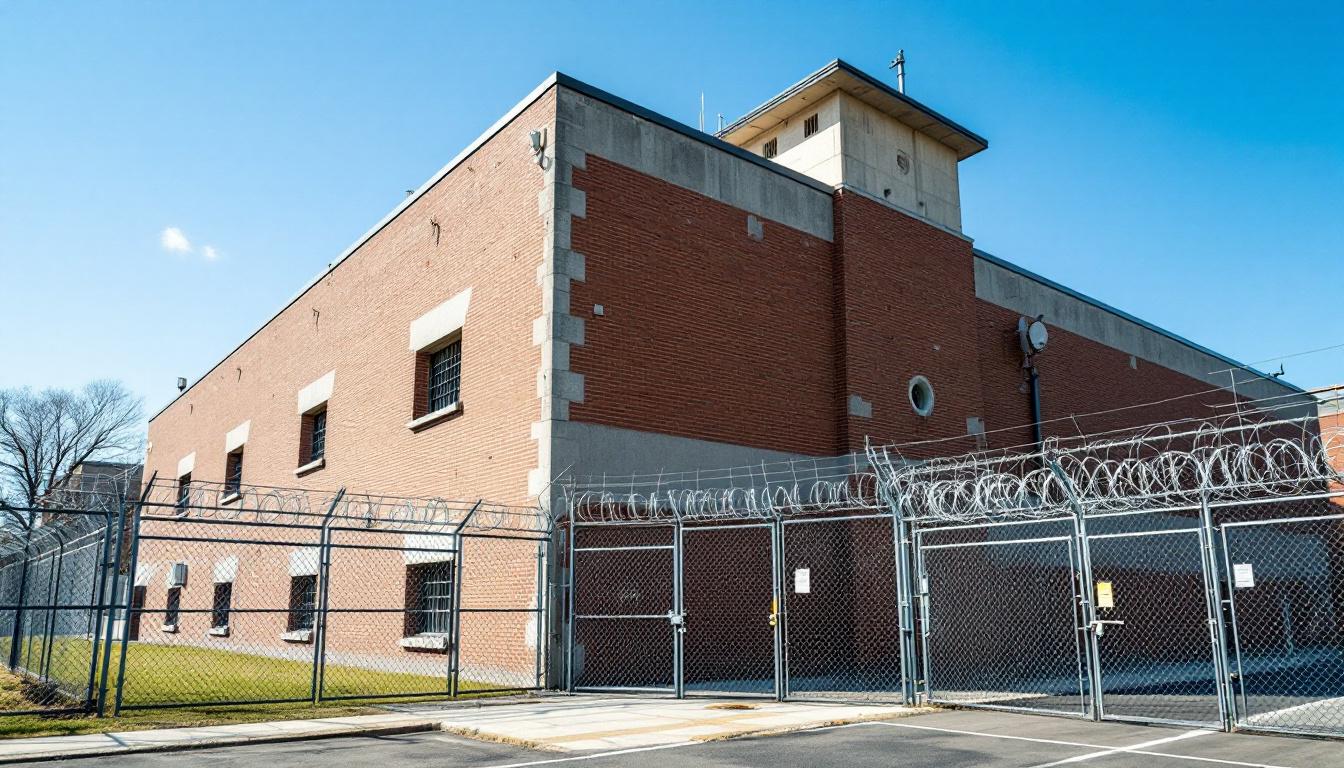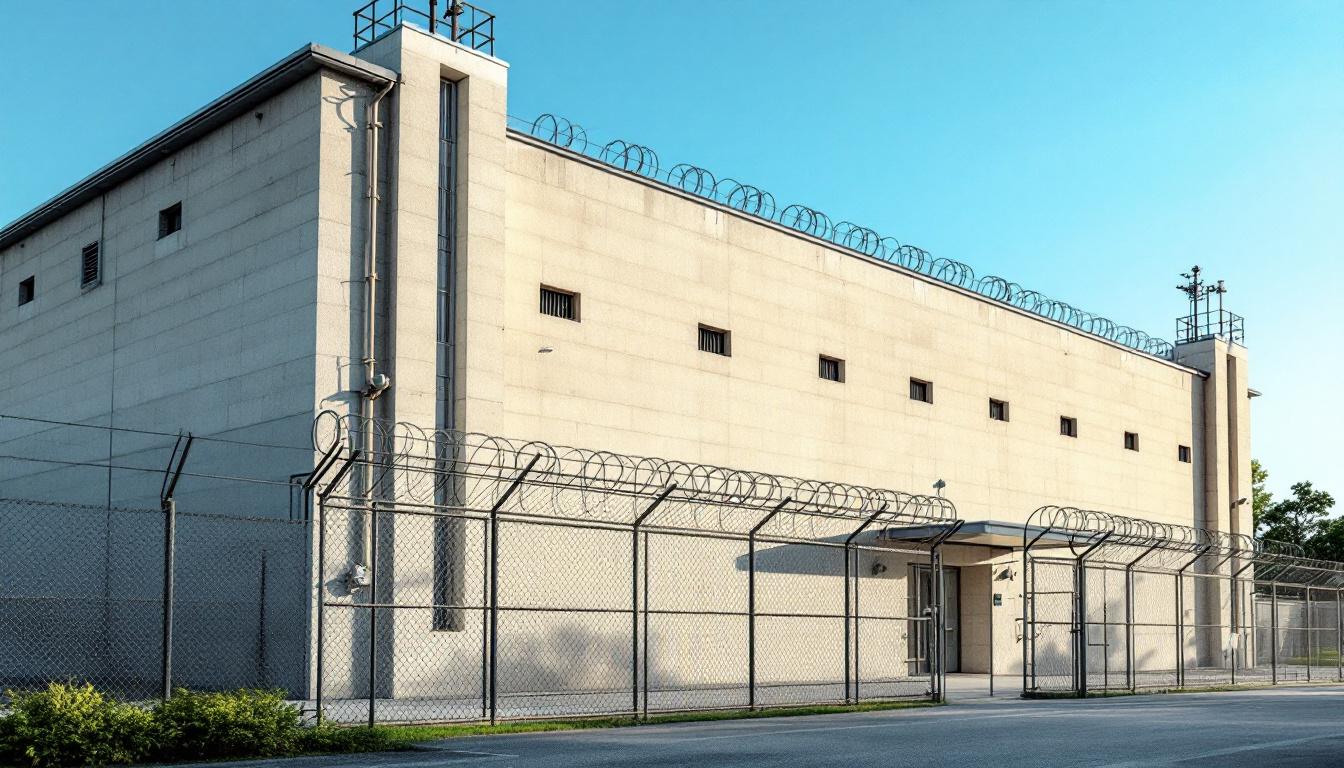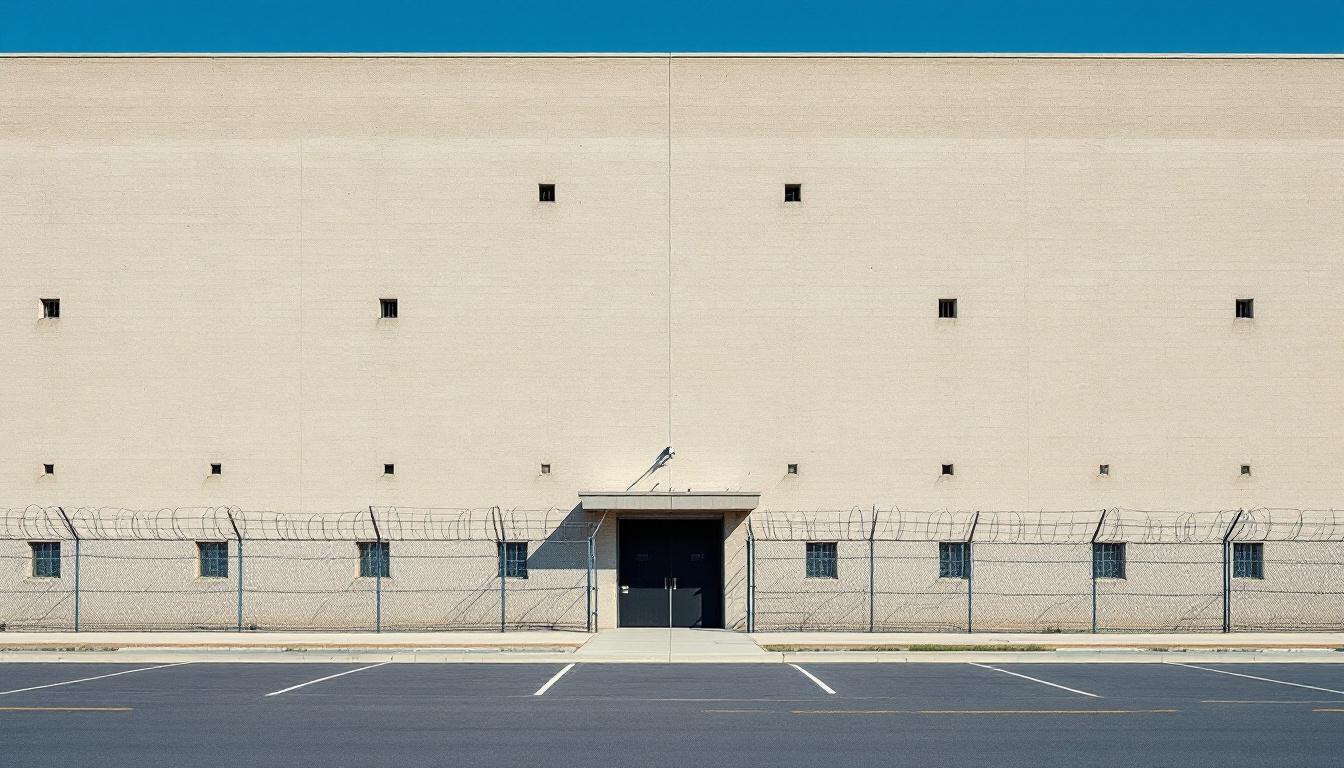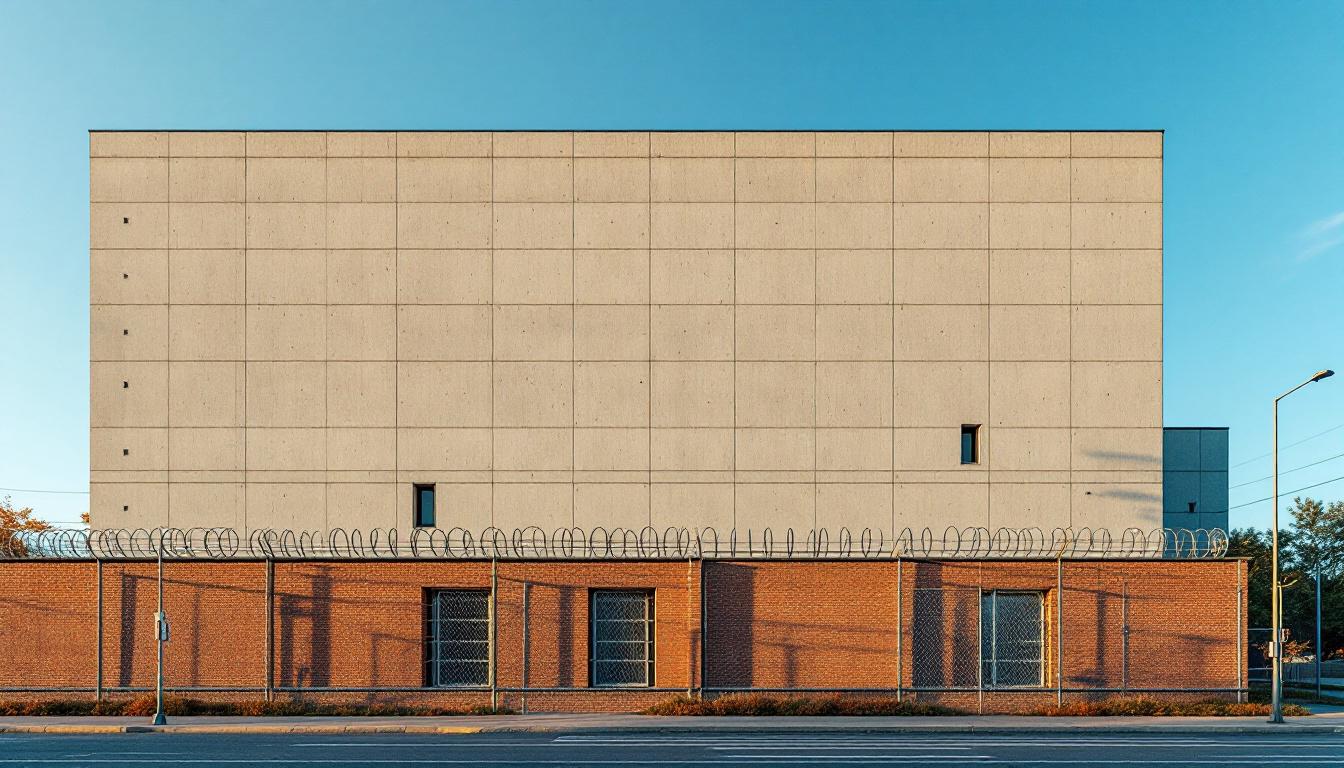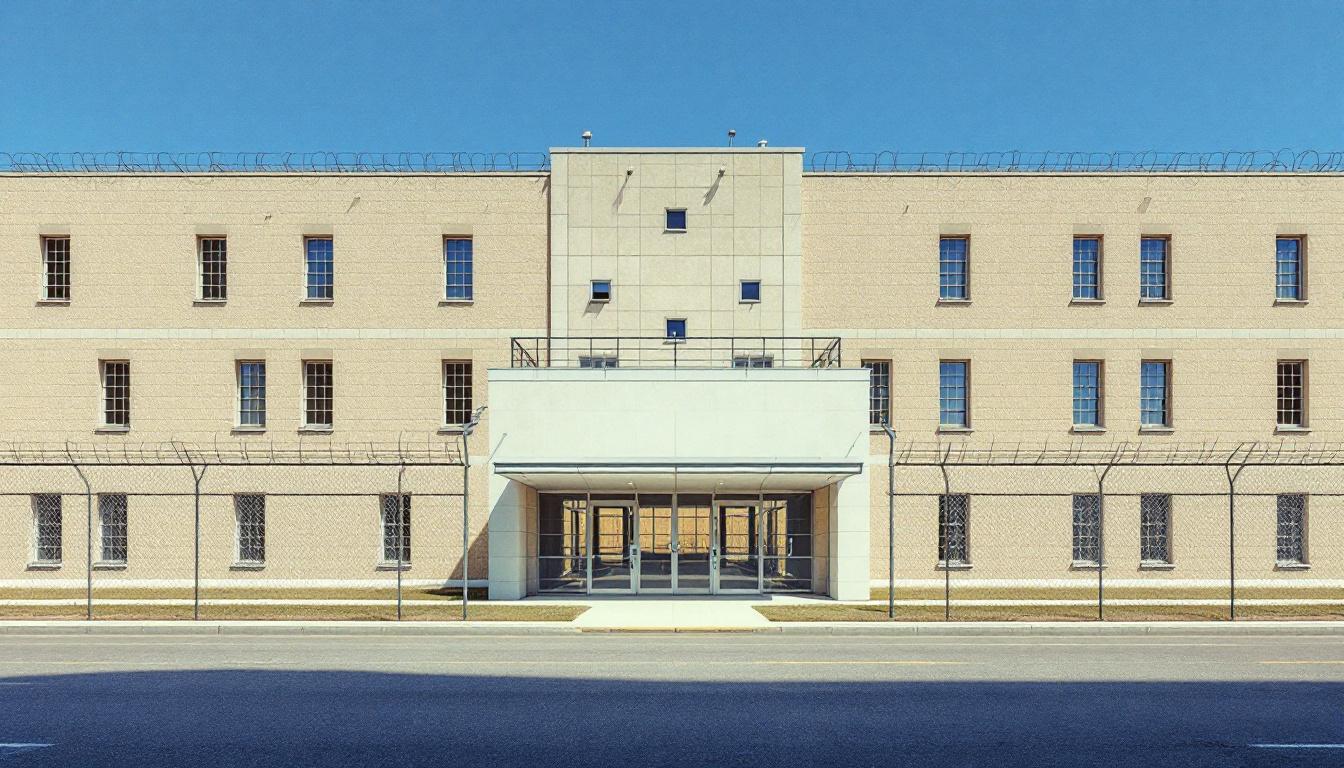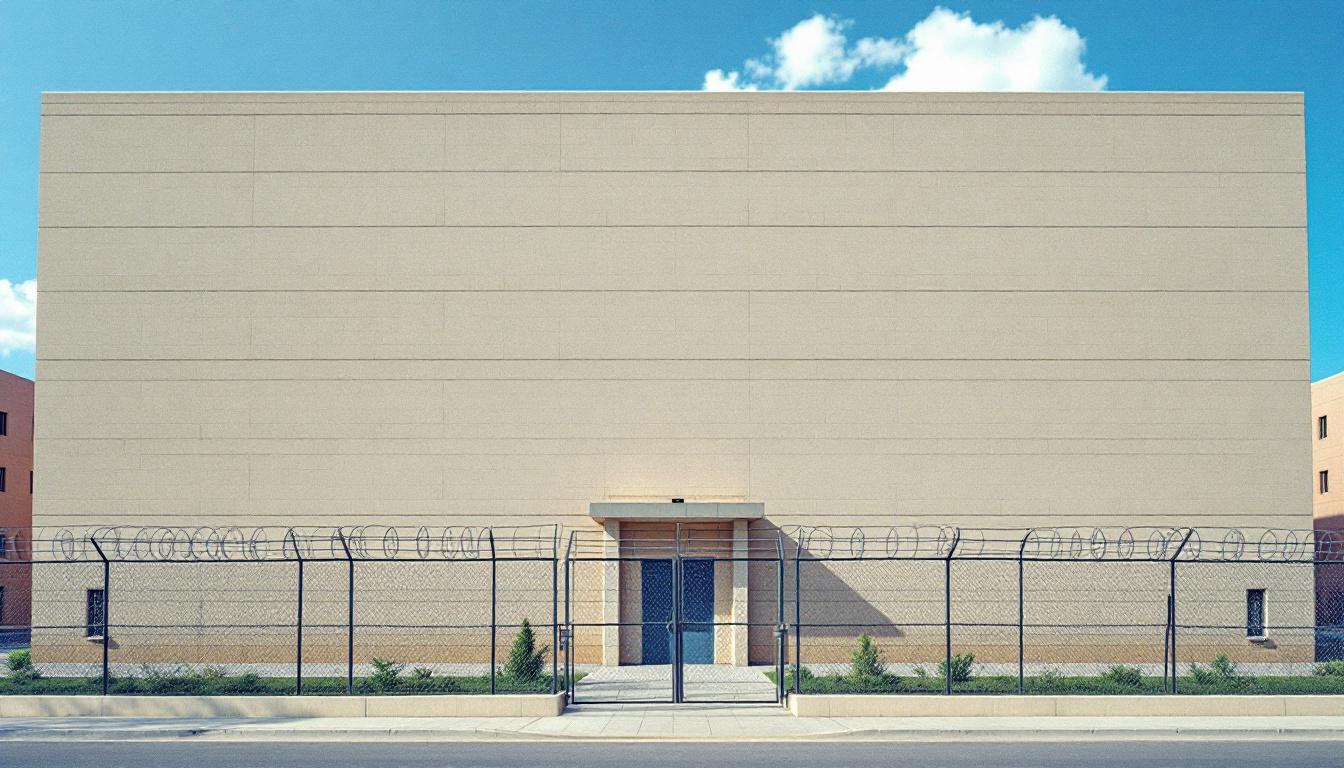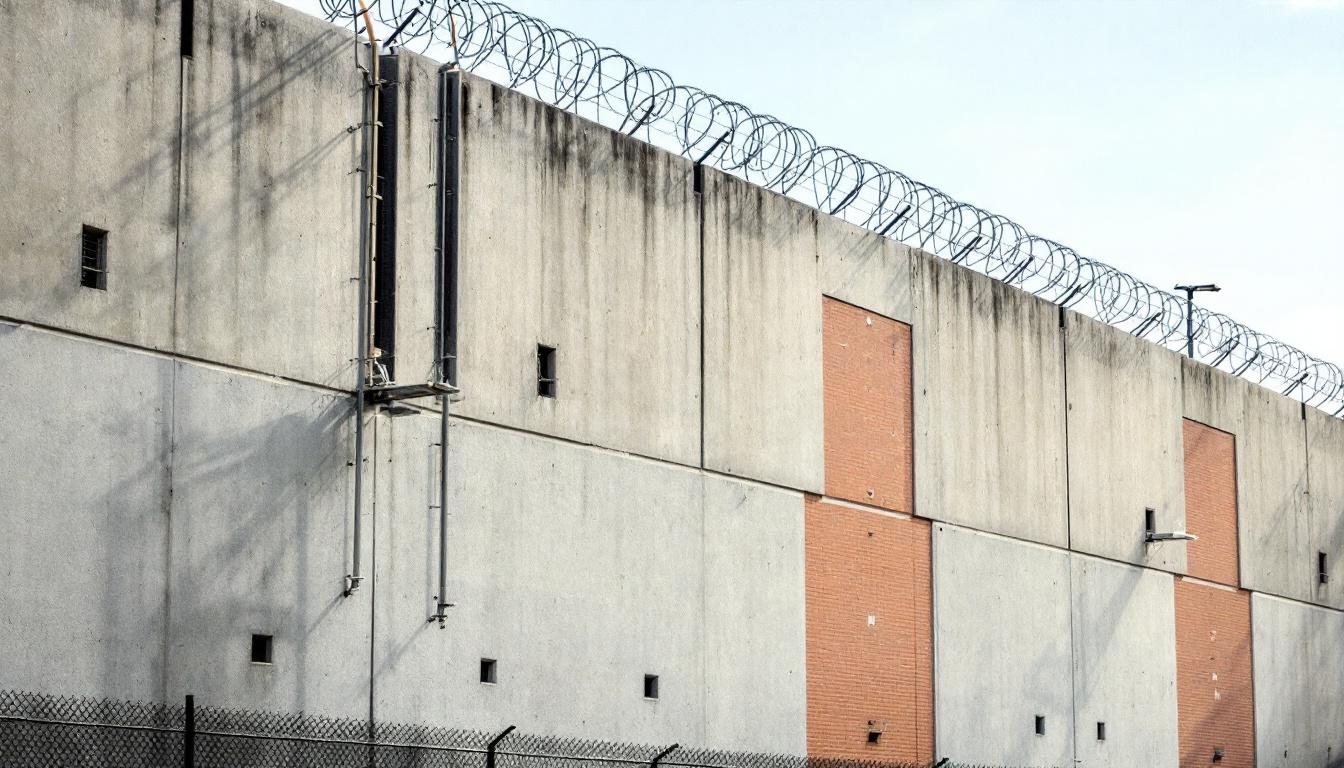
Quick Navigation
How to contact an inmate at Tomoka Correctional Institution
This comprehensive guide will walk you through how to connect with an inmate at Tomoka Correctional Institution. Follow the steps below to find an inmate and send letters and photos:
- Search for the inmate using our search tool below
- Create your account or log in to Penmate
- Write your message (up to 6,000 characters)
- Send instantly - inmates receive printed copies daily
Find an Inmate
Search for an inmate to start communicating today
Tip: You can search by first name, last name, or inmate ID number
To contact a person at Tomoka Correctional Institution start by searching for the person on the official facility website. Perform a search by following these steps:
- Step 1: Enter their first name and last name into the search form and click "Search"
- Step 2: Locate their inmate record
- Step 3: Write down their Inmate ID and any housing information provided
Important! Be sure to enter the person's full name. Nicknames should not be used.
How to Send Messages to Inmates

You can use your phone or computer to send emails, letters, and photos to an inmate. Messages are sent electronically to inmate tablets or kiosks at the facility. If you would like to send a message, start by searching for an inmate at Tomoka Correctional Institution.
Sending Photos and Postcards

A great way to send love and support to a loved one at Tomoka Correctional Institution is to send photos and postcards. It only takes a few minutes to send photos from your phone and it makes a huge difference. You can also mail postcards with words of support and inspiration, or design your own postcard for special moments like birthdays and holidays.
Important! Be sure not to send any explicit photos or they may not be approved by the facility. You can also use a photo printing app like Penmate to make sure your photos are printed at the correct size (4x6 or 3x5) and are mailed according to the rules and regulations of Tomoka Correctional Institution.
Frequently asked questions about Tomoka Correctional Institution
-
How long does it take to deliver a message?
If you're sending an email message your letter is usually delivered within 24-48 hours. For messages sent via mail you should expect delivery within 3-7 days. All messages will need be approved by Tomoka Correctional Institution.
-
How much does it cost to send a message to Tomoka Correctional Institution?
You can send a message free using your phone or mail a message via USPS for the price of a $0.60 stamp and envelope. You can also purchase credits or e-stamps from services starting at $1.99.
-
What services can I use to contact an inmate at Tomoka Correctional Institution?
Penmate
You can use Penmate to send letters and photos to an inmate from your phone. It's an easy way to stay in touch during your loved one's incarceration. Use the inmate locator to find an inmate's location and contact information, then you can send messages within a few minutes.
Securus messaging
Securus may be another option for communicating with an inmate at Tomoka Correctional Institution. You can create a friends and family account and purchase credits to send messages. All messages will be reviewed and must be approved by the facility.
JPay
Some county jails and state prisons may support sending messages with JPay. You must register an account with the system, find your loved one, and purchase stamps to send messages. For some locations you can also attach photos.
Smart Jail Mail
You may also check if Smart Jail Mail is available at Tomoka Correctional Institution. Smart Jail Mail is operated by Smart Communications and has contracted with some state and county jails. After purchasing credits, your messages and photos are sent to the facility, printed out, and then handed out to your loved one.
-
What is the mailing address of Tomoka Correctional Institution?
Mailing address:
Tomoka Correctional Institution
3950 Tiger Bay Rd
Daytona Beach, FL 32124
Phone: (386) 323-1070Business hours:
- Monday: Open 24 hours
- Tuesday: Open 24 hours
- Wednesday: Open 24 hours
- Thursday: Open 24 hours
- Friday: Open 24 hours
- Saturday: Open 24 hours
- Sunday: Open 24 hours
-
What are the visiting hours at Tomoka Correctional Institution?
Visiting hours at Tomoka Correctional Institution vary by housing unit and security level. Generally, visits are scheduled on weekends and holidays, with some facilities offering weekday visits. Contact the facility directly at (386) 323-1070 or check their website for the current visiting schedule. Visits typically last 30-60 minutes and must be scheduled in advance.
-
What items are prohibited when sending mail to Tomoka Correctional Institution?
Prohibited items typically include: cash, personal checks, stamps, stickers, glitter, glue, tape, staples, paperclips, polaroid photos, musical or blank greeting cards, hardcover books, magazines with staples, and any items containing metal or electronics. Only send letters on plain white paper with blue or black ink. Photos must be printed on regular photo paper (no Polaroids). Always check with Tomoka Correctional Institution for their specific mail policies.
-
How do I send money to an inmate at Tomoka Correctional Institution?
You can send money to an inmate at Tomoka Correctional Institution through several methods: 1) Online using JPay, Access Corrections, or the facility's approved vendor, 2) Money orders mailed directly to the facility with the inmate's name and ID number, 3) Kiosks located in the facility lobby, or 4) Over the phone using a credit or debit card. Fees vary by method, typically ranging from $2.95 to $11.95 per transaction.
-
Can I schedule a video visit with an inmate at Tomoka Correctional Institution?
Many facilities now offer video visitation as an alternative to in-person visits. At Tomoka Correctional Institution, video visits may be available through services like Penmate, Securus Video Connect, GTL, or ICSolutions. Video visits typically cost $10-20 for 20-30 minutes and must be scheduled in advance. You'll need a computer or smartphone with a camera and reliable internet connection. Contact the facility for their specific video visitation policies and approved vendors.
-
What identification do I need to visit an inmate at Tomoka Correctional Institution?
All visitors must present valid government-issued photo identification such as a driver's license, state ID, passport, or military ID. Minors must be accompanied by a parent or legal guardian who can provide the minor's birth certificate. Some facilities require visitors to be on the inmate's approved visitation list, which may require a background check. Contact Tomoka Correctional Institution for specific ID requirements and visitor approval procedures.
-
How can I find out an inmate's release date?
To find an inmate's release date at Tomoka Correctional Institution, you can: 1) Use the online inmate search tool if available, 2) Call the facility's records department, 3) Contact the inmate's case manager or counselor, or 4) Have the inmate provide this information during a call or visit. For privacy reasons, some facilities only release this information to immediate family members.
Facility Overview
Contact Information
Tomoka Correctional Institution3950 Tiger Bay Rd
Daytona Beach, FL 32124
Phone: (386) 323-1070
Official Website
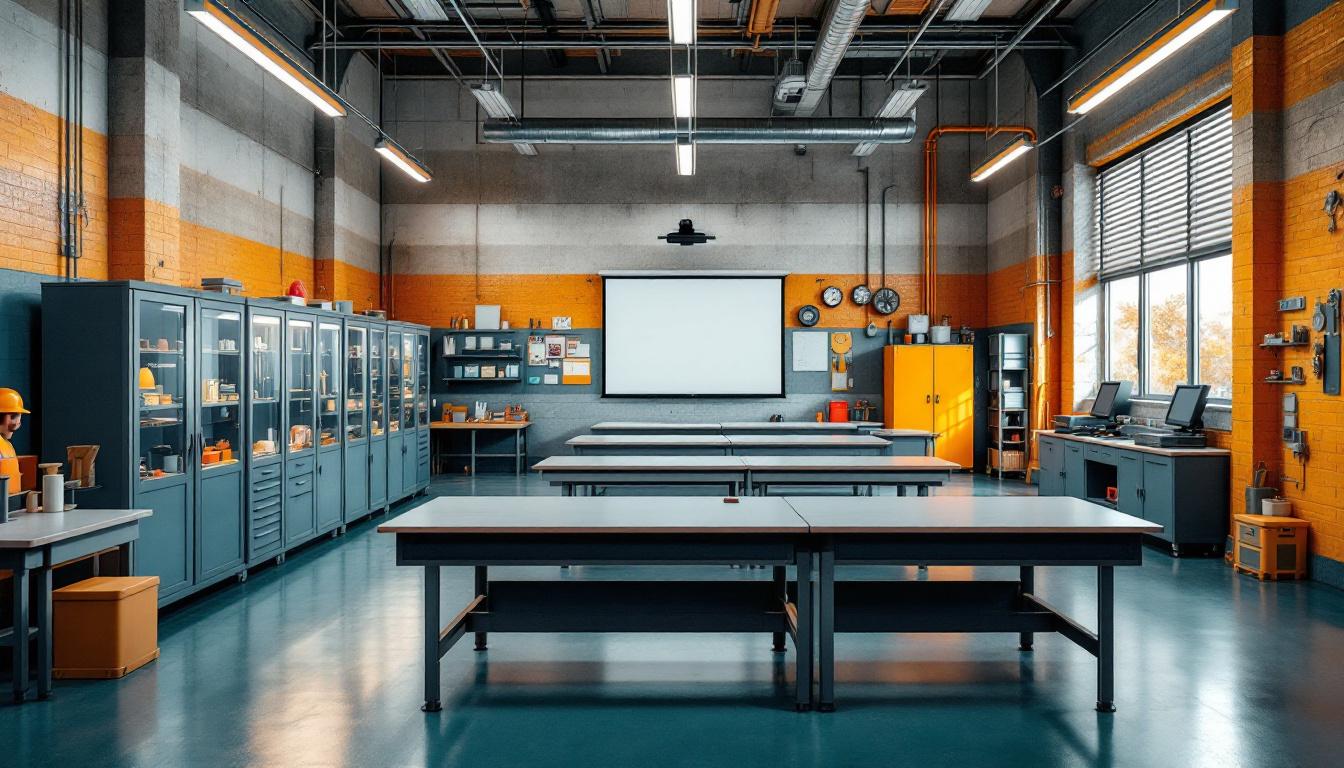
About Tomoka Correctional Institution
Within Tampa's correctional landscape, Tomoka Correctional Institution, FL operates as a key component of the state's broader rehabilitation network, focusing systematically on preparing residents for successful community reintegration. This FL correctional facility typically emphasizes structured programming that addresses the multifaceted challenges individuals face when transitioning from incarceration back to civilian life. The institution generally implements a process-oriented approach to correctional services, where residents services encompass educational opportunities, vocational training, and behavioral intervention programs designed to reduce recidivism rates.
The facility's operational framework typically centers on evidence-based practices that may include literacy programs, substance abuse counseling, and job readiness training. As part of Florida's regional corrections network, the correctional institution often coordinates with community organizations and state agencies to facilitate smooth transitions for residents nearing release. These collaborative processes generally involve case management services, pre-release planning, and connections to local support systems that can provide continued assistance once individuals return to Tampa and surrounding communities.
Through its systematic approach to rehabilitation, the institution typically maintains programs that address both immediate needs and long-term success factors. Educational services may include GED preparation, basic literacy instruction, and sometimes vocational certifications in trades relevant to the Tampa job market. The facility's role within the regional network often involves sharing best practices with other correctional institutions while adapting programming to meet the specific demographic and geographic needs of residents who will likely reintegrate into the greater Tampa area upon release.
Programs & Services
Educational initiatives at Tomoka Correctional Institution typically focus on building foundational skills that residents need for successful reintegration into their communities. The facility's approach emphasizes practical learning opportunities that address both immediate needs and long-term goals. These comprehensive initiatives may deliver services through structured classroom environments and hands-on training experiences that help residents develop confidence alongside technical competencies.
Academic programming often includes basic literacy and numeracy instruction, while vocational training initiatives focus on marketable skills development. Residents may participate in electrical work training programs that provide certification opportunities in a field with strong employment prospects. Time management courses help participants develop essential organizational skills that benefit both their institutional experience and future employment situations. These educational initiatives typically emphasize real-world applications, allowing residents to practice problem-solving techniques they can apply in various professional settings.
In addition to these educational components, therapeutic and support initiatives address the underlying factors that may have contributed to residents' involvement in the justice system. Substance abuse treatment programs often include both group and individual counseling sessions designed to help participants develop healthy coping strategies. Life coaching initiatives may deliver personalized guidance to help residents set realistic goals and develop action plans for achieving them. Physical fitness programs typically promote overall wellness while teaching discipline and stress management techniques. Work release opportunities, when available, allow eligible residents to maintain employment in the community while completing their sentences, providing valuable work experience and income that supports their transition planning efforts.
Daily Life & Visitation
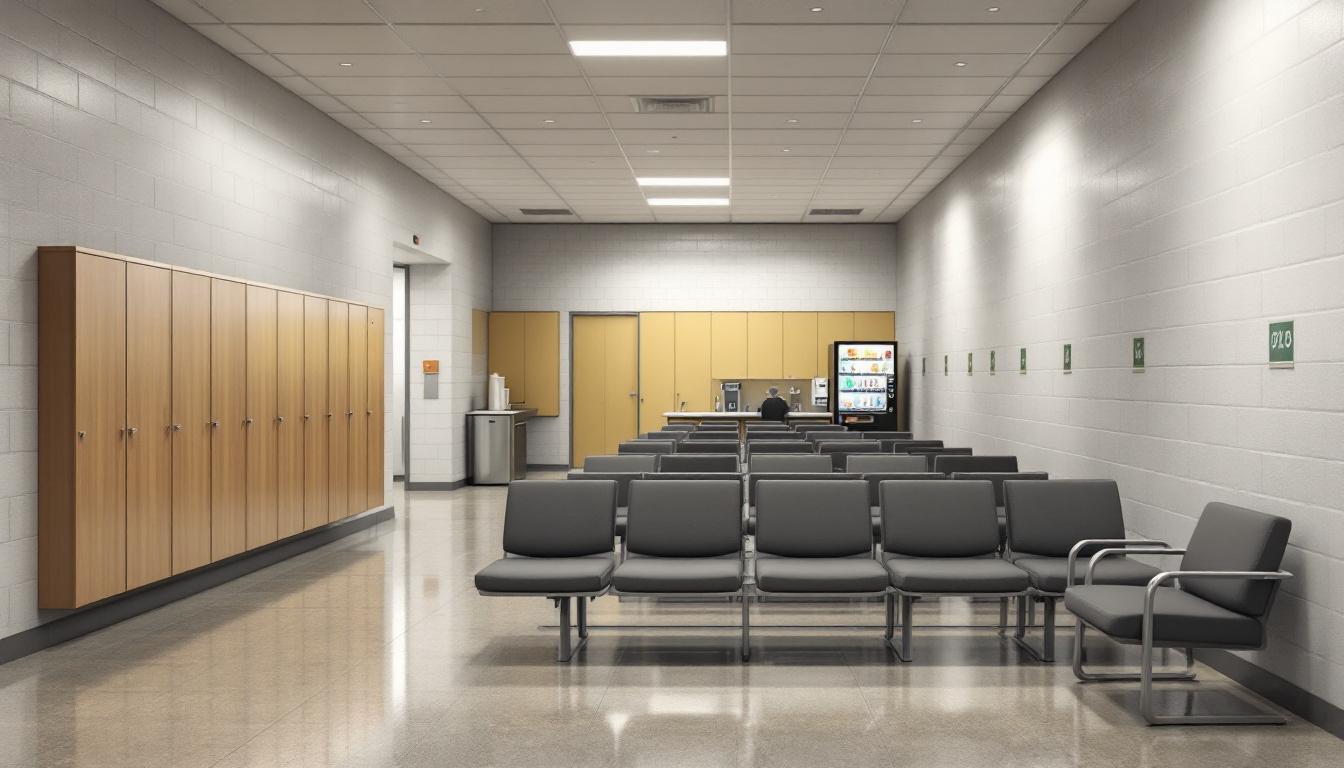
Structure forms the backbone of every day, with carefully planned schedules that residents at Tomoka Correctional Institution actively follow from morning to evening. At present, the facility operates on a regimented timeline that typically begins with early morning wake-up calls and count procedures. Residents generally participate in structured activities throughout the day, including work assignments, educational programming, and recreational periods. These routines deliver consistency and predictability that many residents find helpful in managing their time effectively.
Living accommodations typically consist of dormitory-style housing units or individual cells, depending on security classification and facility capacity. Residents usually share living spaces and common areas, which may include dayrooms equipped with televisions and tables for games or socializing. Personal property allowances generally permit residents to keep approved items such as books, letters, and commissary purchases. In addition to this structured living environment, the facility typically provides three meals daily in designated dining areas, with menus that often rotate to offer variety while meeting nutritional requirements.
Programming schedules generally include educational opportunities, vocational training, and recreational activities that residents may participate in during designated hours. Work assignments commonly involve facility maintenance, kitchen duties, or other institutional operations that help residents develop job skills. Despite this structured environment, residents typically maintain connections with family and friends through scheduled visitation periods and telephone privileges. The commissary system usually allows residents to purchase approved personal items and snacks, while mail correspondence generally provides another important link to the outside community.
Ready to Connect?
Start communicating with your loved one today
Search for an Inmate
